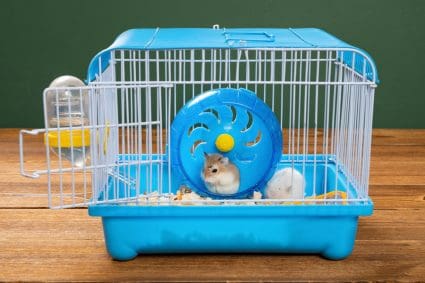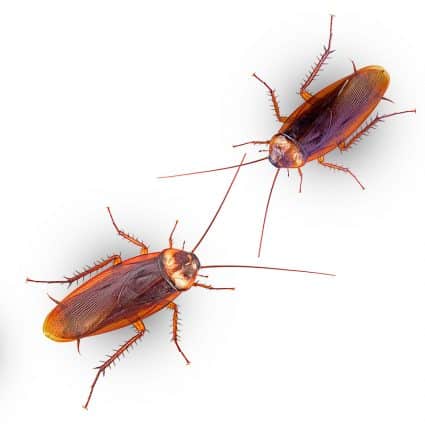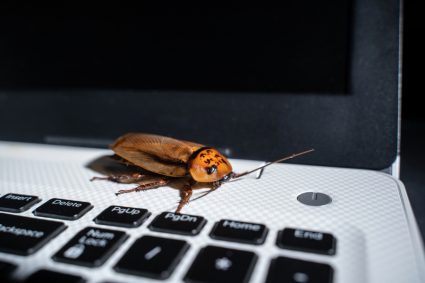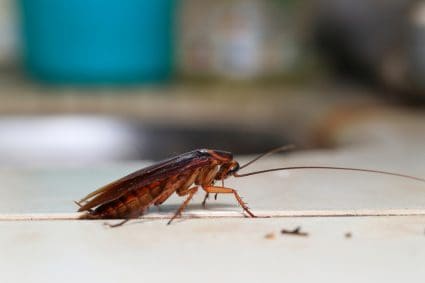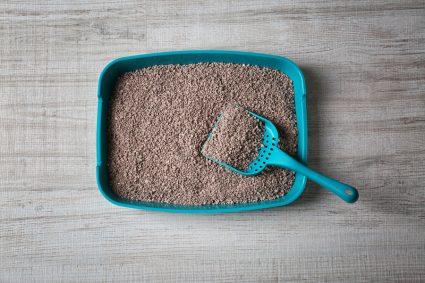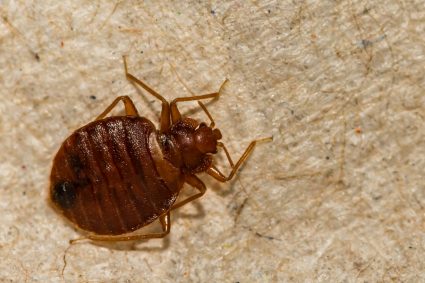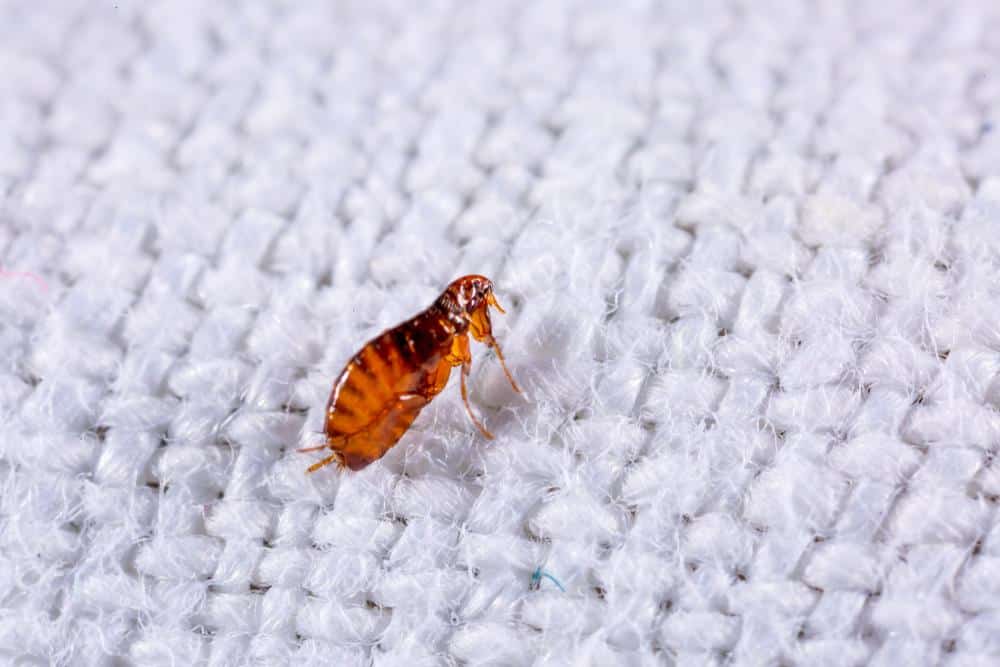
Flea infestations can be a nuisance to both pets and their owners. They can cause discomfort, skin irritation, and even transmit diseases. One of the most effective ways to control and eliminate these pesky parasites is using a flea comb. This in-depth guide will take you through the importance of a flea comb, how to use it effectively, and how to maintain it for long-lasting use.
To use a flea comb, first choose a comb with finely spaced teeth. Prepare your area for easy cleanup and pre-brush your pet’s fur to remove tangles. Begin combing from your pet’s head towards the tail, focusing on areas where fleas often hide. Clean the comb frequently in a bucket of soapy water during the process. Perform a second combing to catch any missed fleas, then clean up your area and wash the flea comb thoroughly.
What is a Flea Comb?
A flea comb is a specially designed grooming tool for pets, made to trap and remove fleas, flea eggs, and flea dirt from the fur. It has very finely spaced teeth, allowing it to pick up and remove these tiny parasites effectively. Flea combs are a non-toxic and affordable way to detect and remove fleas from your pet. They are especially useful for young puppies and kittens that may not yet meet the age or weight requirements for other treatments.
Why Use a Flea Comb?
Using a flea comb is crucial for pet health. It helps eliminate fleas, flea eggs, and flea dirt from a pet’s fur, preventing flea-related health issues such as flea allergy dermatitis or Bartonella infection. Regular use of a flea comb can also help detect any skin irritations or parasites on your pet that may otherwise go unnoticed. In addition to removing fleas, flea combs can help stimulate blood circulation in the skin and remove dead fur, improving the overall coat health.
How to Use a Flea Comb Effectively
Now that we understand the importance of a flea comb let’s dive into the step-by-step process of using it effectively.
1. Choose the Right Flea Comb
Select a comb with finely spaced teeth, which will help trap and remove fleas, flea eggs, and flea dirt from your pet’s fur. Metal teeth combs tend to last longer and be more effective.
2. Prepare Your Area
Comb your pet in a bathtub or on a newspaper-covered surface for easy cleanup. Prepare a deep bucket filled halfway with hot water and dish soap to clean the comb and drown fleas during the process.
3. Pre-Brush for Tangles
Before using the flea comb, brush your pet’s fur with a detangling brush to remove tangles and mats, especially if your pet has long fur.
4. Brush from Head to Tail
Start at your pet’s head, neck, and shoulders, and work towards the back, sides, belly, legs, and tail. Always brush in the direction of the fur growth. Focus on areas where fleas tend to congregate, such as the belly, under the chin, and the tail area.
5. Keep Your Brush Clean
Frequently clean the comb by pushing down on the teeth to remove fleas, fur, and debris, and drop them into the soapy water mixture. Rinse the comb in the soapy water as needed.
6. Perform a Second Combing
Fleas may try to hide on your pet, so comb your pet a second time a few minutes later to catch any missed fleas.
7. Clean Up
After the combing session, let the soapy water stand for 10-15 minutes to ensure all fleas have drowned. Dispose of the water, discard any used newspaper, and clean the bucket and flea comb. If you combed your pet indoors, vacuum the area thoroughly.
Remember, using a flea comb is just one part of controlling a flea infestation. You should also treat your pet’s environment with room sprays, foggers, or powders, and use other flea treatments as needed.
Caring for Your Flea Comb
To ensure your flea comb stays effective for a long time, it’s essential to clean and maintain it regularly. After each use, wash the flea comb thoroughly with warm soapy water or rubbing alcohol to remove any fleas, flea eggs, or debris. Regularly inspect the flea comb for any damage or wear, and replace it if necessary.
Conclusion
Flea combs can be an effective tool in your arsenal against flea infestations. They are safe, non-toxic, and easy to use. With regular use, you can keep your pet’s fur flea-free and monitor for any signs of infestation. Remember, controlling fleas requires a multi-pronged approach, including using flea combs, treating your pet’s environment, and using other flea treatments as necessary.
Frequently Asked Questions
How often should I use a flea comb on my pet?
The frequency of use depends on the severity of the flea infestation. If your pet is heavily infested, it’s recommended to use the flea comb daily. Once the infestation is under control, weekly combing should be sufficient to keep fleas at bay.
Can I use a flea comb on a pet with short hair?
Absolutely, flea combs can be used on pets with any length of hair. The comb’s teeth are designed to get close to the skin where fleas, eggs, and dirt often reside.
Can a flea comb remove ticks as well?
While a flea comb may pick up some ticks, it’s not specifically designed for tick removal. Ticks tend to burrow into the skin and therefore require a specialized tick removal tool for safe extraction.
Can I use a flea comb on my pet if they have flea treatment applied?
Yes, you can. Flea combs can be used in conjunction with other flea treatments. However, it’s best to wait until the treatment has fully dried or been absorbed before combing your pet.
My pet doesn’t have fleas, should I still use a flea comb?
Yes, using a flea comb regularly can be a good preventative measure. It can help detect the early signs of a flea infestation and keep your pet’s coat clean and healthy.

